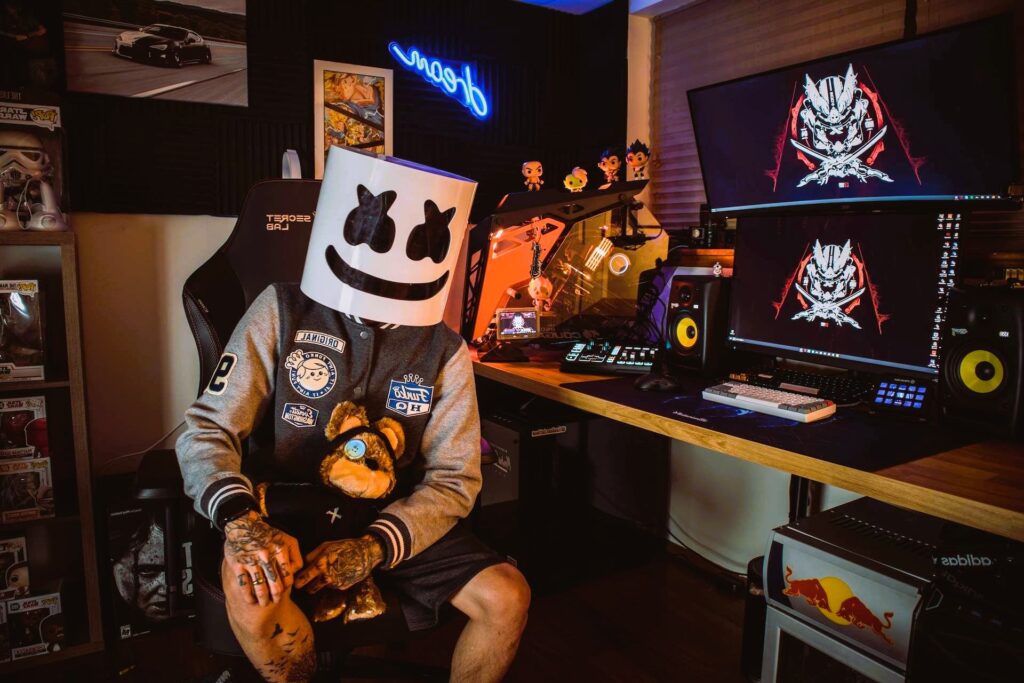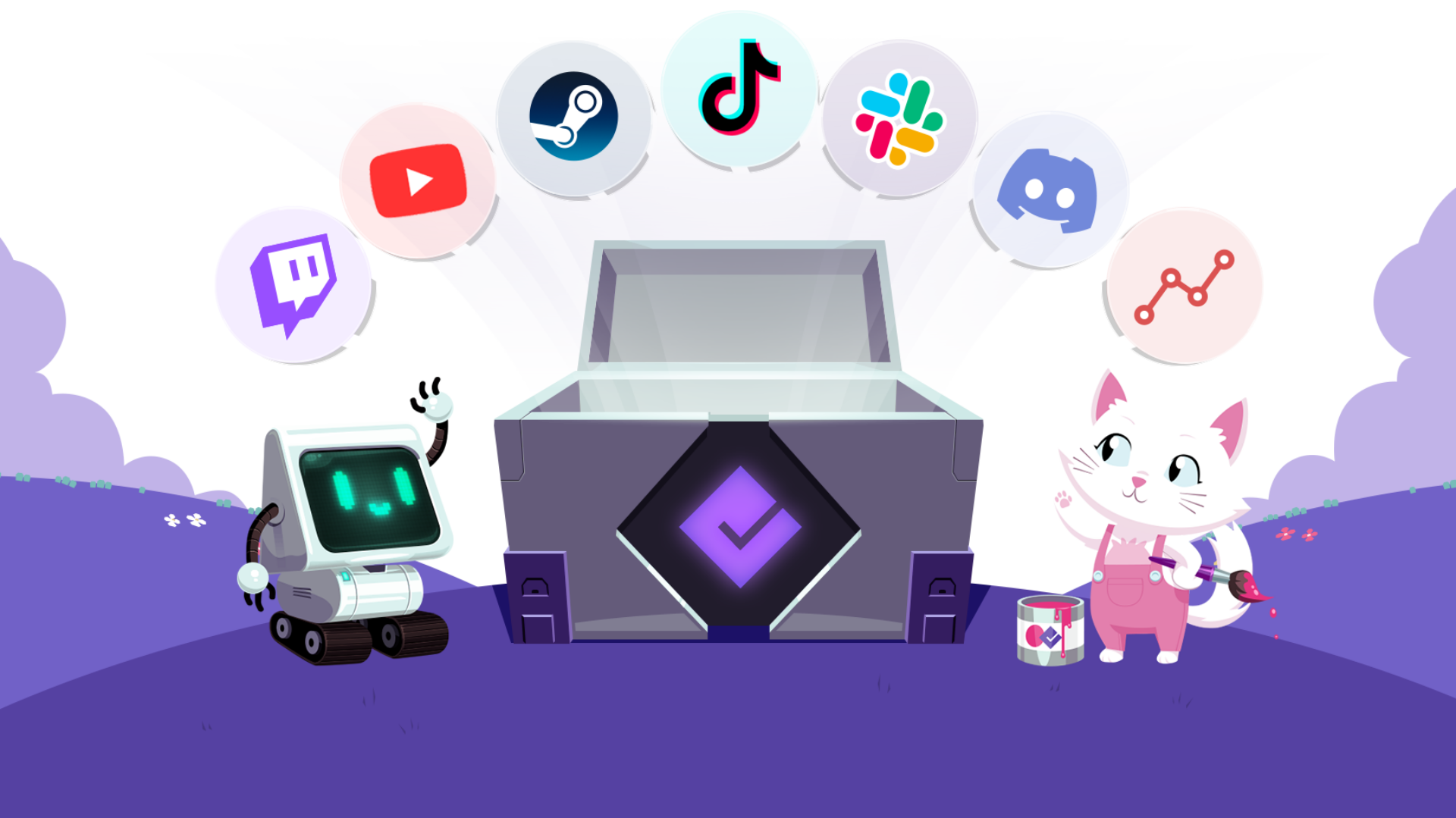The gaming industry has evolved into a multi-billion-dollar global phenomenon, with a vast audience spanning diverse demographics. One of the most effective ways to connect with this audience is through influencer marketing. This strategy involves collaborating with individuals who have a significant following in the gaming community, leveraging their credibility and reach to promote games, products, or services. This article delves into the intricacies of influencer marketing in gaming, highlighting effective collaboration strategies to achieve maximum impact.
The Rise of Influencer Marketing in Gaming
Influencer marketing has gained traction in various industries, but its impact is particularly pronounced in gaming. With platforms like Twitch, YouTube, and TikTok, gamers can showcase their skills, share content, and build communities. According to a report by Statista, the global gaming market is projected to reach over $200 billion by 2023, making it an attractive landscape for influencers and brands alike .
Why Influencer Marketing Works
- Authenticity and Trust: Influencers often have a personal connection with their audience, fostering trust. When an influencer endorses a product or game, their followers are more likely to perceive the recommendation as genuine, leading to increased engagement and conversion rates.
- Targeted Reach: Influencers cater to specific niches within the gaming community. Whether it’s competitive gaming, casual play, or specific genres, brands can collaborate with influencers who resonate with their target audience, ensuring that marketing efforts reach the right people.
- Engaging Content: Influencers create entertaining and informative content that captivates viewers. This content can showcase games in action, provide tutorials, or offer reviews, making it more engaging than traditional advertisements.
Identifying the Right Influencer

Choosing the right influencer for collaboration is crucial for success. Here are key factors to consider:
1. Niche Relevance
Ensure that the influencer’s content aligns with your game’s genre and audience. For instance, if you’re promoting a competitive first-person shooter, collaborating with a streamer known for their expertise in that genre would be ideal.
2. Audience Demographics
Analyze the influencer’s audience demographics. Understanding their followers’ age, interests, and geographic location can help determine if the influencer’s audience matches your target market.
3. Engagement Rate
A high follower count doesn’t always equate to effective influence. Pay attention to engagement metrics, such as likes, comments, and shares. An influencer with a smaller but highly engaged audience can often yield better results than one with a massive but disengaged following.
Collaboration Strategies for Maximum Impact
Once you’ve identified the right influencer, it’s time to strategize your collaboration. Like our article? Read also about Building a Gaming Brand. Here are effective approaches to consider:
1. Game Previews and Reviews
One of the most impactful ways to collaborate with influencers is to provide them with early access to your game. This allows them to create gameplay previews or reviews before the official launch. Consider the following:
- Gameplay Streams: Allow influencers to stream live gameplay, providing viewers with an authentic experience. This can create buzz and anticipation among their audience.
- Review Videos: Influencers can produce comprehensive review videos highlighting the game’s features, mechanics, and overall experience. Positive reviews can significantly influence purchase decisions.
2. In-Game Events and Tournaments
Organizing in-game events or tournaments can drive engagement and excitement within the community. Collaborate with influencers to host or participate in these events. This approach has several benefits:
- Real-Time Engagement: Live events foster real-time interaction between influencers and their audience. Viewers can join in, ask questions, and participate in the excitement.
- Community Building: Hosting events encourages community participation and interaction, creating a sense of belonging among players.
3. Social Media Campaigns
Leverage the influencer’s social media platforms to promote your game. Create a cohesive marketing campaign that includes:
- Teaser Posts: Collaborate with influencers to share teaser posts leading up to the game’s release. This can generate anticipation and excitement.
- User-Generated Content: Encourage influencers to invite their followers to share their gameplay experiences or fan art. Highlighting user-generated content on official channels fosters community engagement.
4. Cross-Promotion
Consider cross-promotion with multiple influencers. This strategy can expand your reach and create a more extensive buzz around your game. Collaborate with influencers who have different audiences but relevant niches to ensure diverse coverage. For example:
- Multi-Influencer Events: Organize events featuring several influencers, each bringing their unique style and audience. This approach can attract a larger viewer base and enhance engagement.
- Collaborative Content: Encourage influencers to collaborate with one another, creating unique content that showcases your game while also highlighting their dynamic interactions.
Measuring Success

To determine the effectiveness of your influencer marketing efforts, it’s essential to measure success through key performance indicators (KPIs). Here are some metrics to track:
1. Engagement Metrics
Monitor likes, shares, comments, and views on influencer posts related to your game. High engagement rates can indicate a successful collaboration.
2. Referral Traffic
Track the traffic generated from influencer links to your game’s website or digital storefront. This data will help you assess the effectiveness of the collaboration in driving potential sales.
3. Sales Conversions
Ultimately, the goal of influencer marketing is to boost sales. Use unique discount codes or affiliate links to track conversions directly attributed to influencer promotions.
4. Brand Sentiment
Analyze audience sentiment through comments and social media discussions surrounding the influencer’s content. Positive sentiment can indicate a successful campaign, while negative feedback may signal the need for adjustment.
Influencer marketing has emerged as a powerful tool in the gaming industry, enabling developers and marketers to connect with audiences in authentic and engaging ways. By identifying the right influencers, crafting effective collaboration strategies, and measuring success, brands can maximize their impact in the competitive gaming landscape.
As the gaming industry continues to grow, understanding the nuances of influencer marketing will be crucial for staying ahead of the curve. By fostering genuine connections with influencers and their audiences, brands can build a loyal community and drive sustained interest in their games.
For further insights into influencer marketing strategies in gaming, you can explore the Influencer Marketing Wikipedia page.

